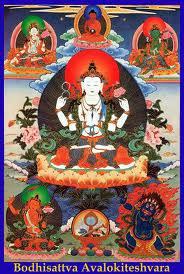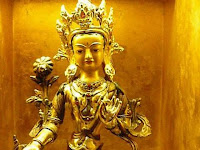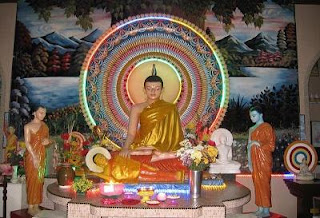The Four Noble Truths

If we examine the nature of reality deeper, we will find that within this complex world, there are things and events that have a certain degree of permanence, at least from the point of view of their continuum. Examples of this include the continuity of consciousness and the mind's essential nature of luminosity and clarity. There is nothing that can threaten the continuity of consciousness or the essential nature of mind. Then, there are certain types of experiences and events in the world that appear evident at a particular point but cease to exist after contact with opposing forces, such as phenomena can be understood to be adventitious or circumstantial. It is on the basis of these two categories of phenomena that the teachings of the Four Noble Truths such as the truths of suffering and its origin become relevant. When we further examine this dynamic, complex and diverse world that we experience, we find that phenomena can also be categories in three ways: 1. The Worl









